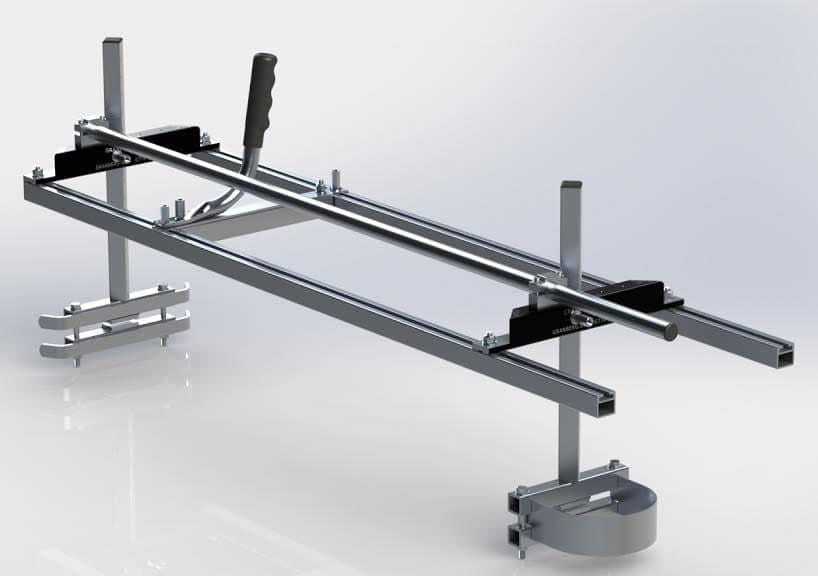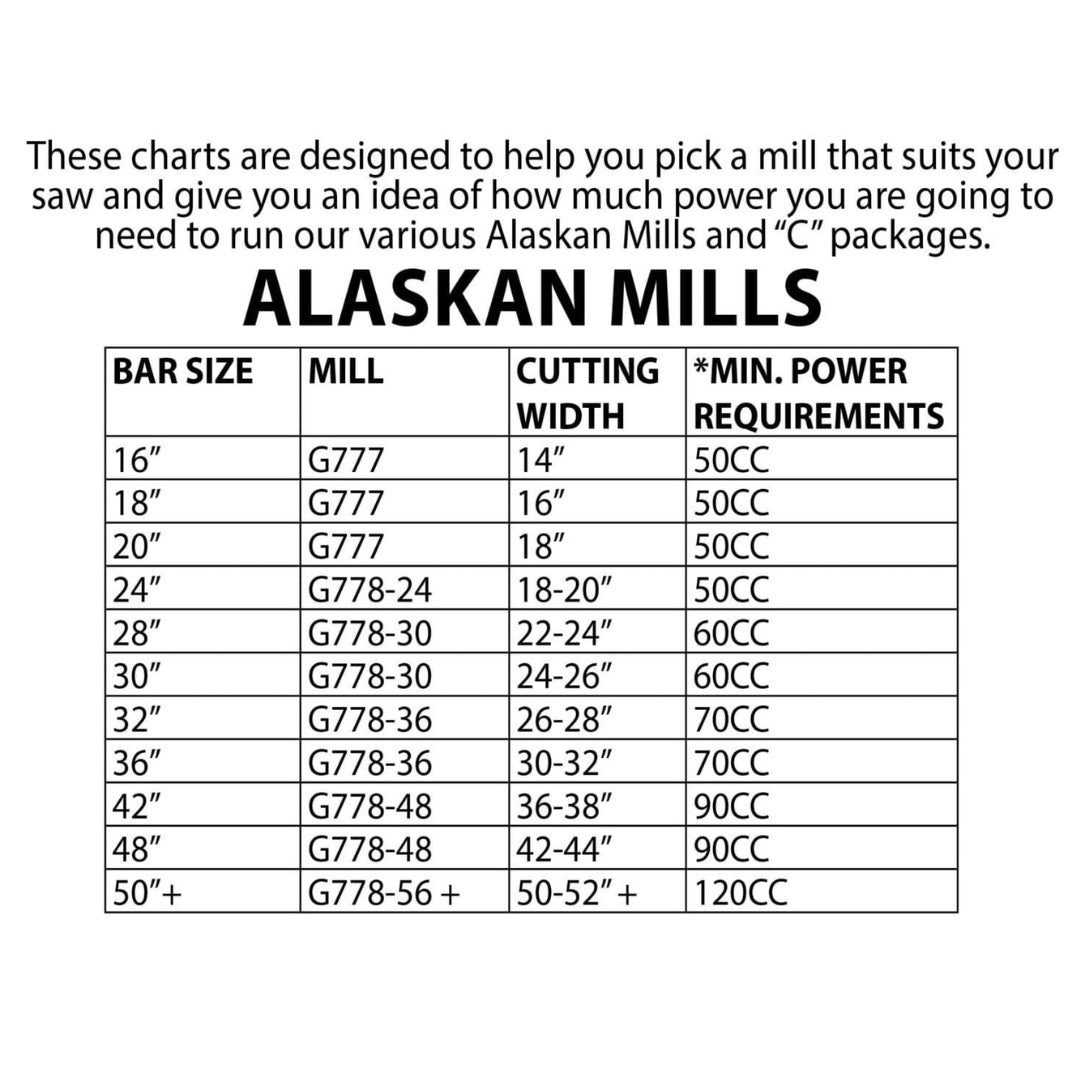Granberg's versatile, heavy-duty chainsaw lumber mill precisely cuts planks and beams up to 44" wide and 1/2" - 13" deep. This mill is perfect for woodworkers, arborists, sawyers and homeoweners. For use with chainsaws with bars of 48" or less, OR double-ended bars of 56" or less and 90cc or more diplacement.
GRANBERG SAW MILL FAQs
VIDEO: Milling Tips for first-time users
★ What are the chainsaw size and power requirements for Granberg Saw Mills?
Why should I use "Ripping Chain" with my saw mill?
How do I find the right Ripping Chain?
Do I have to use wedges with the Granberg Saw Mill?
Can I put a larger mill on a smaller bar?
How do I make lumber with a Granberg Saw Mill?
Free shipping
on orders over $100
Right Part Promise
when provided with model info
No sales tax
outside Washington and Wisconsin
- Choosing a selection results in a full page refresh.










